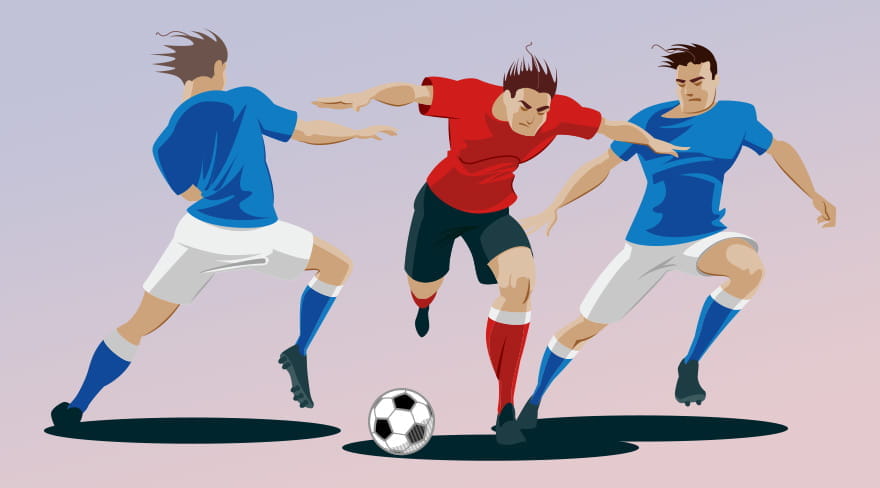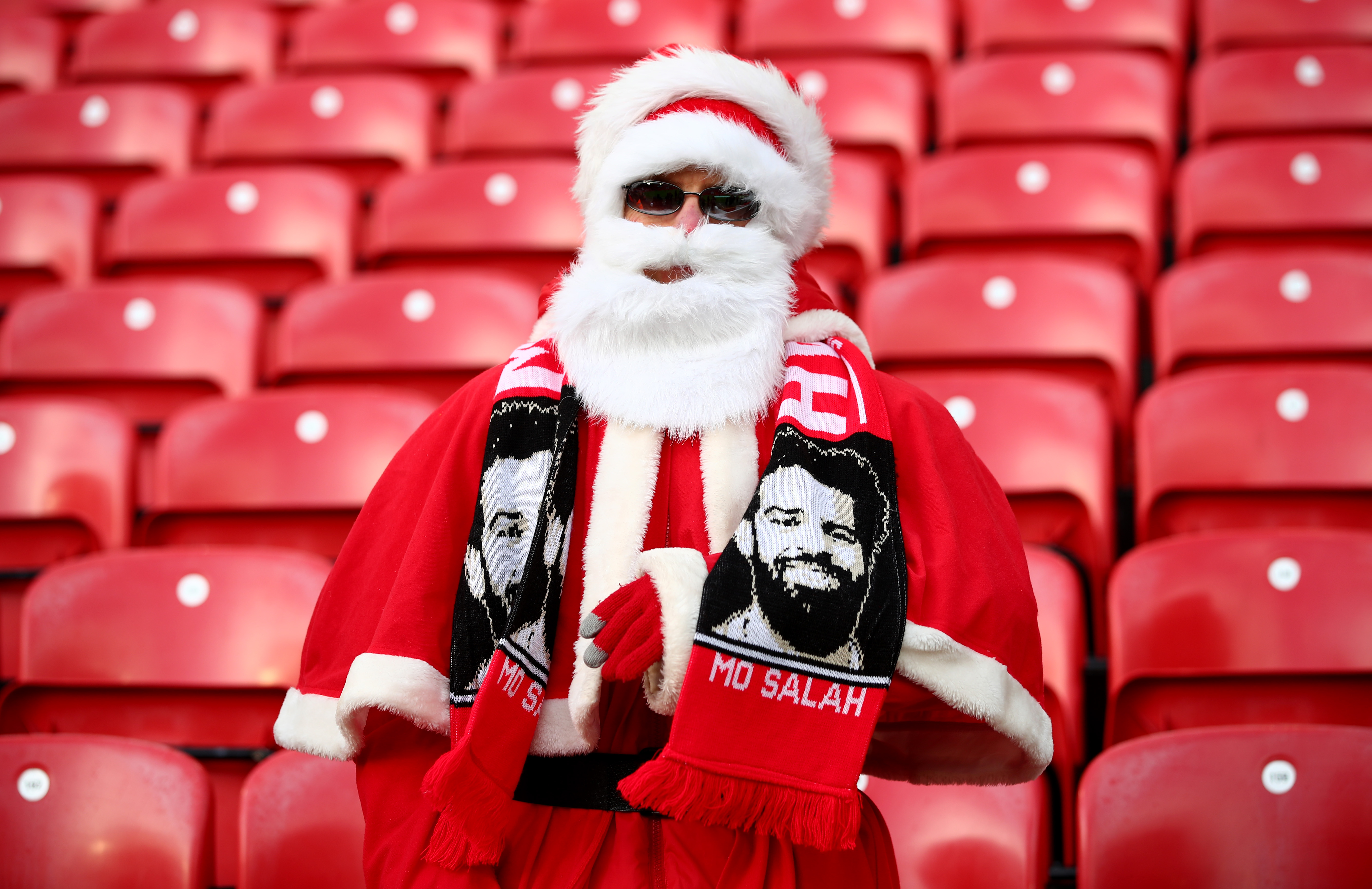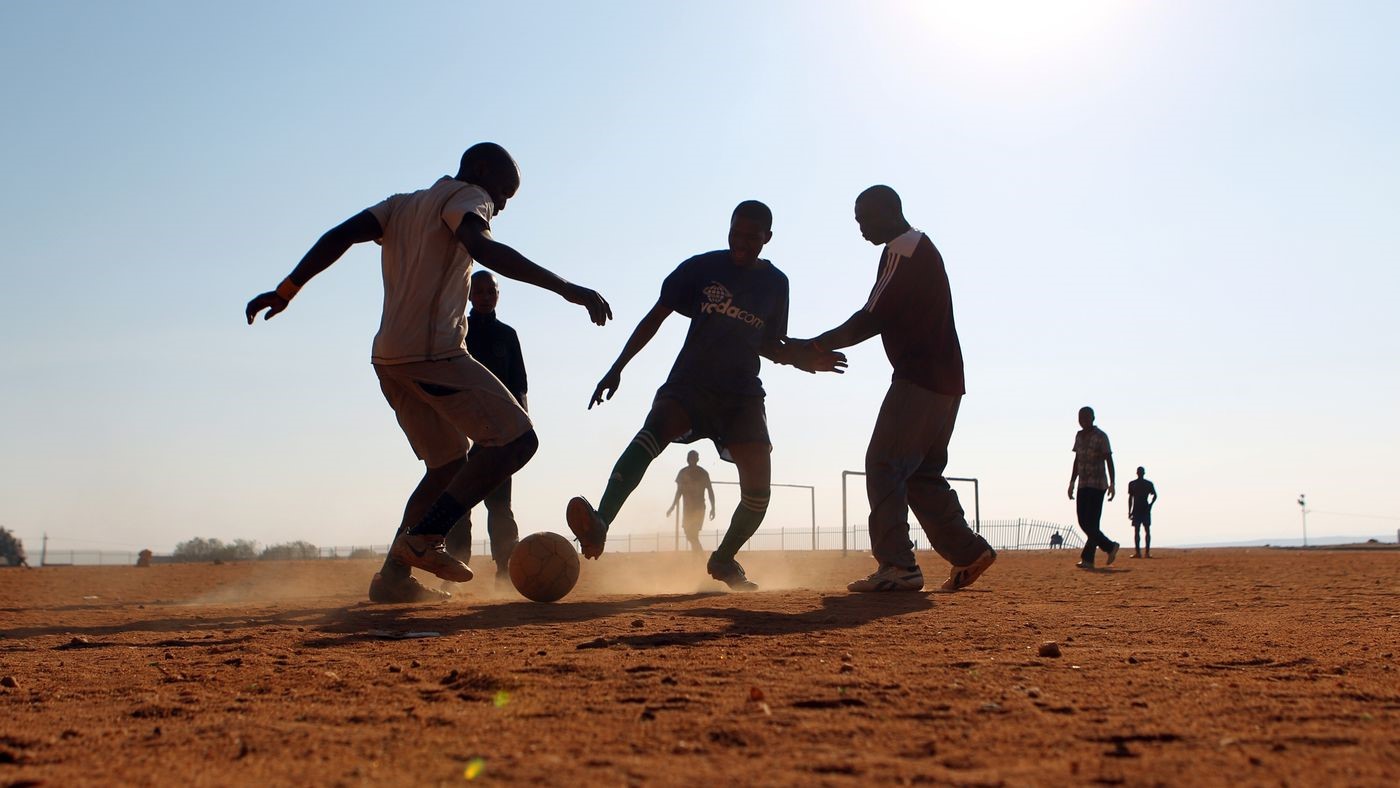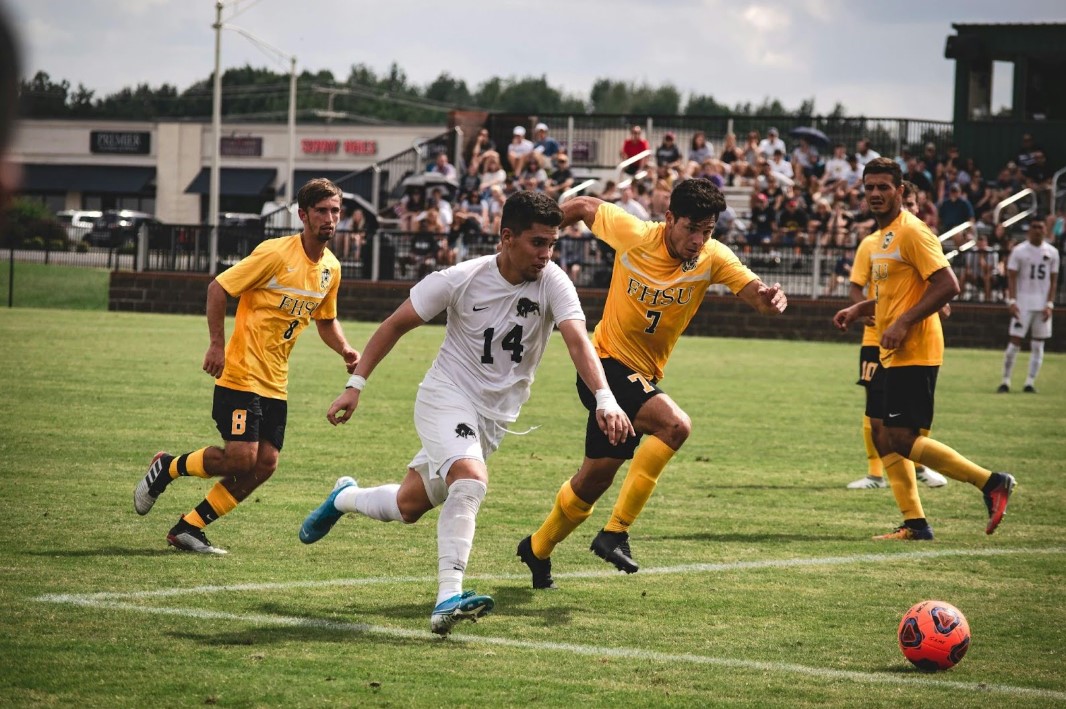When Football Turns Into Art: Spectacular Teams of the Modern Era
Football, at its best, feels less like sport and m
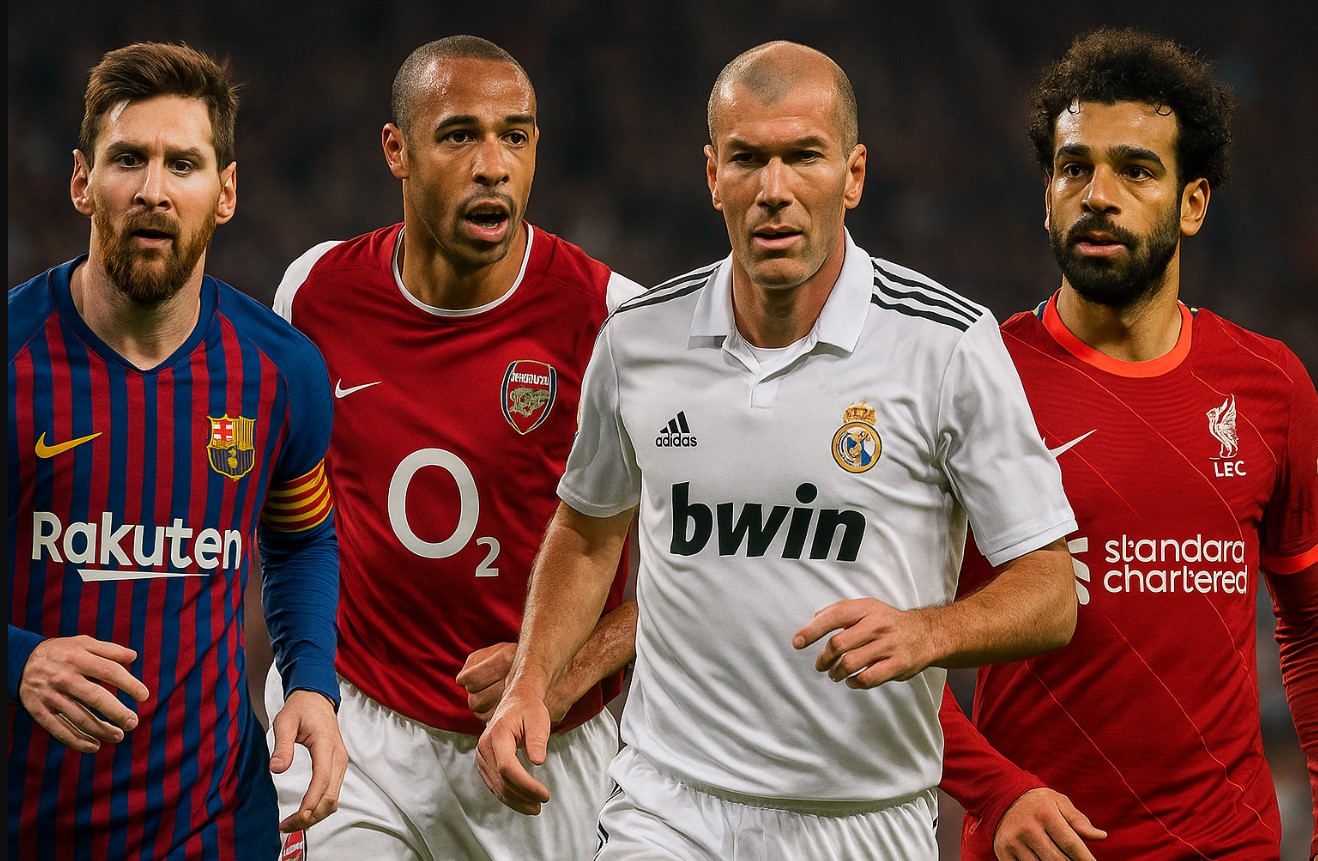
Football, at its best, feels less like sport and more like choreography. Movements sync, spaces open, and a stadium becomes a stage. In the last two decades a handful of sides have hit that rare artistic peak, turning tactical blueprints into globally adored performances. Betting sites with welcome bonus in Kenya remain packed on matchdays precisely because of the anticipation these teams still generate in highlight reels and memory. Fans know: when beauty meets efficiency, the odds become a subplot, not the story.
Guardiola’s Barcelona: The Tiki-Taka Masterpiece
Pep Guardiola’s 2008-12 Barça compressed time and space until opponents suffocated. Passing triangles kept the ball moving at near-metronomic tempo, yet every exchange carried menace. Lionel Messi drifted from false nine zones, Andrés Iniesta glided through half-spaces, and Xavi pulled invisible strings deeper. Ball recoveries often happened within six seconds, a trigger drilled at Ciutat Esportiva. The resulting rhythm felt hypnotic, but there was purpose behind the beat: tire rivals, strike once the press cracked.
Tangible brilliance:
- Positional play meant every player occupied a predefined lane, creating constant passing angles.
- Press-recover principle ensured immediate counter-press after loss, shrinking the pitch.
- La Masia core fostered telepathic understanding, letting the ball do the running.
Each pillar merged into a fluid sculpture. The scoreboard rarely reflected the artistic gulf on display, yet trophy rooms in Catalonia still sparkle from that era.
Wenger’s Arsenal: The Invincibles and the Rise of Fluid English Football
Arsène Wenger treated Highbury’s narrow pitch as a canvas. His 2003-04 “Invincibles” side stayed unbeaten in the league, but style mattered as much as stats. Quick vertical passing—one-touch when possible—pulled defences apart. Thierry Henry started wide left before pouncing centrally; Robert Pires overlapped inside; Patrick Vieira balanced artistry with muscle. Diet, analytics, and stretching routines that English football once mocked soon became league standards.
Why that Arsenal still lingers in collective memory:
- Unbeaten League Run – 38 games, zero defeats, a mental straitjacket for rivals.
- Interchanging Front Line – wingers tucked in, full-backs overlapped, confusion reigned.
- Continental Prep – double training sessions, food scales, and recovery baths long before such methods were trendy.
Their legacy isn’t just a golden Premier League trophy; it’s a template many English clubs copied wholesale. The Emirates generation owes its technical baseline to Wenger’s pioneering obsession.
Zidane’s Real Madrid: The Three-Peat Symphony
When Zinedine Zidane took Real Madrid’s reins in January 2016, few predicted historic dominance. Yet by May 2018 his outfit lifted three straight Champions Leagues—something unseen since the 1970s. Zidane’s genius? Blending galáctico egos into a selfless collective. Luka Modrić dictated tempo while Casemiro swept danger. On wings, Marco Asensio and Lucas Vázquez provided vertical thrust when needed. Cristiano Ronaldo’s penalty-box evolution maximised bursts rather than constant sprints, preserving energy for the decisive moment.
Key ingredients:
- Midfield Triumvirate – balance of craft, graft, and metronome control.
- Set-Piece Variety – short corners morphed into long-range rockets; free-kicks demanded extra defensive drills from opponents.
- Man-Management – rotation kept morale high; fringe players felt indispensable, producing clutch contributions in knock-out rounds.
Unlike Guardiola’s micro-tactics, Zidane relied on broad principles plus in-game intuition, reminding observers that simplicity can still stun.
Klopp’s Liverpool: Heavy-Metal Harmony
Jürgen Klopp’s 2018-20 Liverpool fused sweat and swagger. Gegenpressing hunted in packs, full-backs acted like playmakers, and transitions sliced defences within seconds. Virgil van Dijk anchored a high line, allowing Trent Alexander-Arnold to thread surgical diagonals. Mohamed Salah and Sadio Mané—wide forwards on paper—attacked half-spaces, bending opposition blocks out of shape. Their 2019 Champions League triumph and 2020 league coronation ended decades of Merseyside hurt, but more importantly, they showcased that intensity can entertain rather than exhaust.
A quick snapshot of their tactical craft:
- Ball recoveries often happened in the attacking third, generating instant shots.
- Width came from full-backs, not wingers, flipping conventional roles.
- Front three pressed in staggered arcs, forcing central turnovers.
Those patterns created highlight-reel chaos, yet everything remained meticulously coached.
Common Threads That Turn Tactics Into Art
Although each side painted with different colours, several strokes recur:
- Spatial mastery: Teams manipulate zones rather than chase individuals.
- High fitness standards: Modern periodisation keeps intensity high for ten-month campaigns.
- Cohesive culture: Dressing-room alignment transforms plans into instinct.
Recognising these constants helps explain why certain squads age like fine cinema. Art on grass isn’t accidental; it’s engineered through repetition until movements feel improvised.
Closing Notes
Spectacular football doesn’t fade; it echoes. Guardiola’s kaleidoscopic triangles, Wenger’s flowing counter-surges, Zidane’s poised pragmatism, and Klopp’s ferocious crescendos each etched new brushstrokes on the game’s evolving mural. They remind us that goals and glory matter, but the route taken leaves deeper marks on memory. Fans replay clips not just for outcome but for emotion stirred—the gasp when Iniesta glides, the roar as Henry side-foots, the hush before Ronaldo hangs mid-air. Art, after all, lives in those seconds when everything seems to slow, and the ball whispers a promise only genius can keep.


